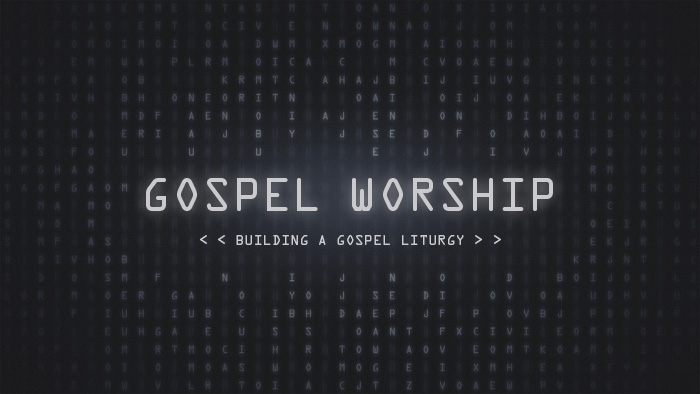
Last week Christianity Today virtually declared an end to the worship wars. According to the authors, “the waning of the worship wars” is part of a “decades-long trend in American religion away from an emphasis on belief and doctrine and toward an emphasis on experience, emotion, and the search for a least-common-denominator kind of worship in a time of ever-less salient denominationally specific liturgical and theological content.”
I think their conclusion is right. The worship wars are over. Now, in this post, I raise my theological glass to the hope of “worship revolution.”
A Waking Gospel Revolution
Since the turn of the century, the resurgence of gospel-centrality in the larger evangelical is well documented and undeniable. What we’ve seen is a re-centering of the gospel for the Christian life and some congregational life—particularly preaching. But new horizons of gospel centrality must be explored: How does the gospel shape church polity? How does the gospel change church staffing? How does the gospel transform the tone, not just the topic, of preaching? And, how does the gospel inform worship?
More specifically, “how should the gospel inform the design, implementation, and leadership of a gathered worship service?”
When Doctoral Studies Get Quite Practical
That was the question recently posed to me in a doctoral seminar on “Planning and Leading Christian Worship.” My research and subsequent writing revealed something of a gap in the conversation. It revealed an ordinary way most scholars (and thus many pastors) articulate the liturgical practices of the church that I fear can quickly go the way of obscuring the gospel.
Building on the work of James Smith on human beings as “liturgical animals,” I submit that we “a liturgical gospel rhythm” in our worship.
There are, to be sure, many books that have sought to answer how the gospel shapes worship (see here, here, and here). What’s missing, however, is a deeper reflection on the matter and manner of true gospel worship. In other words, what elements must be present for the liturgy to deserve the modifier of “gospel”? What tone must be present if it’s truly gospel-centered?
Revelation-Reception-Response
I’m still ruminating on all these things, but the paper below reflects my initial conclusions. After spending some time asking if the gospel actually should shape our worship gatherings I move on to propose (only points two and four are somewhat unique):
- Scripture is the rule of gathered worship.
- Revelation-Reception-Response is the rhythm of gathered worship.
- Covenant renewal is the form of gathered worship.
- Celebratory reverence is the tone of gathered worship.
Those four points represent what I’m calling a “liturgical gospel rhythm” for ordinary churches.
So, if you’re interested and have some time, download the paper below and let me know what you think.
